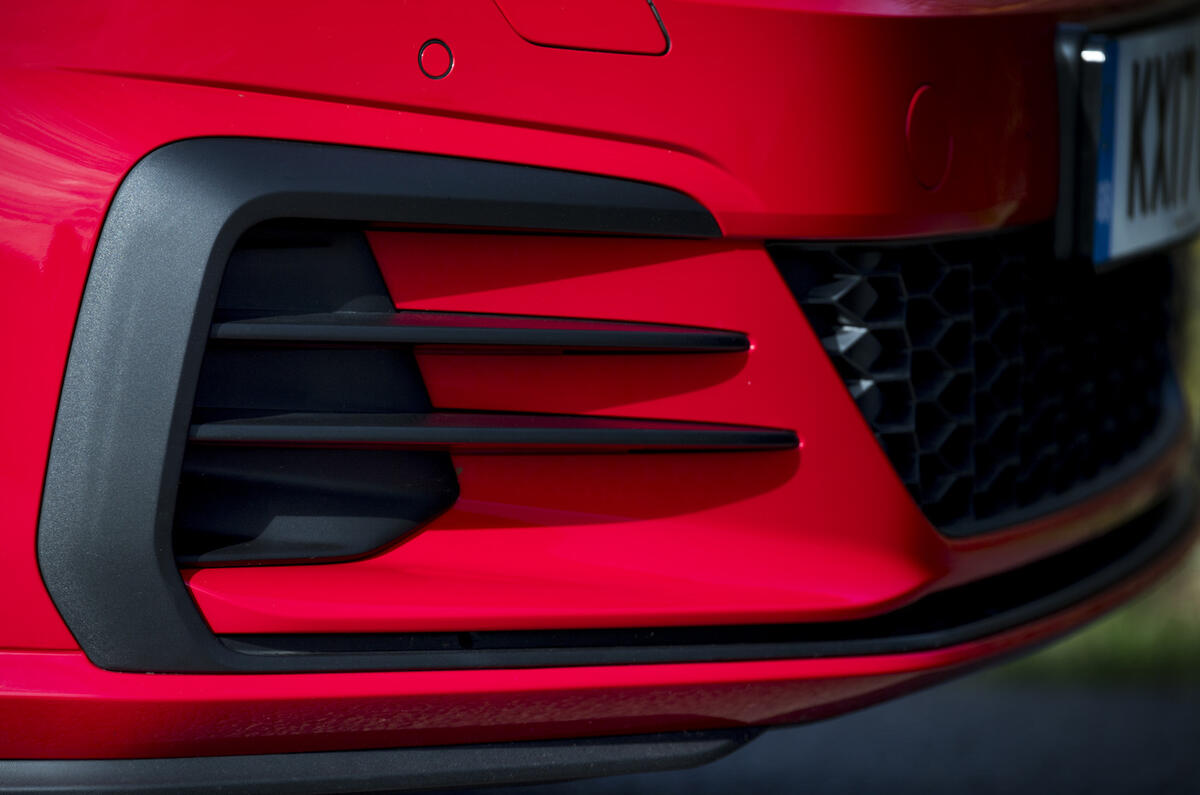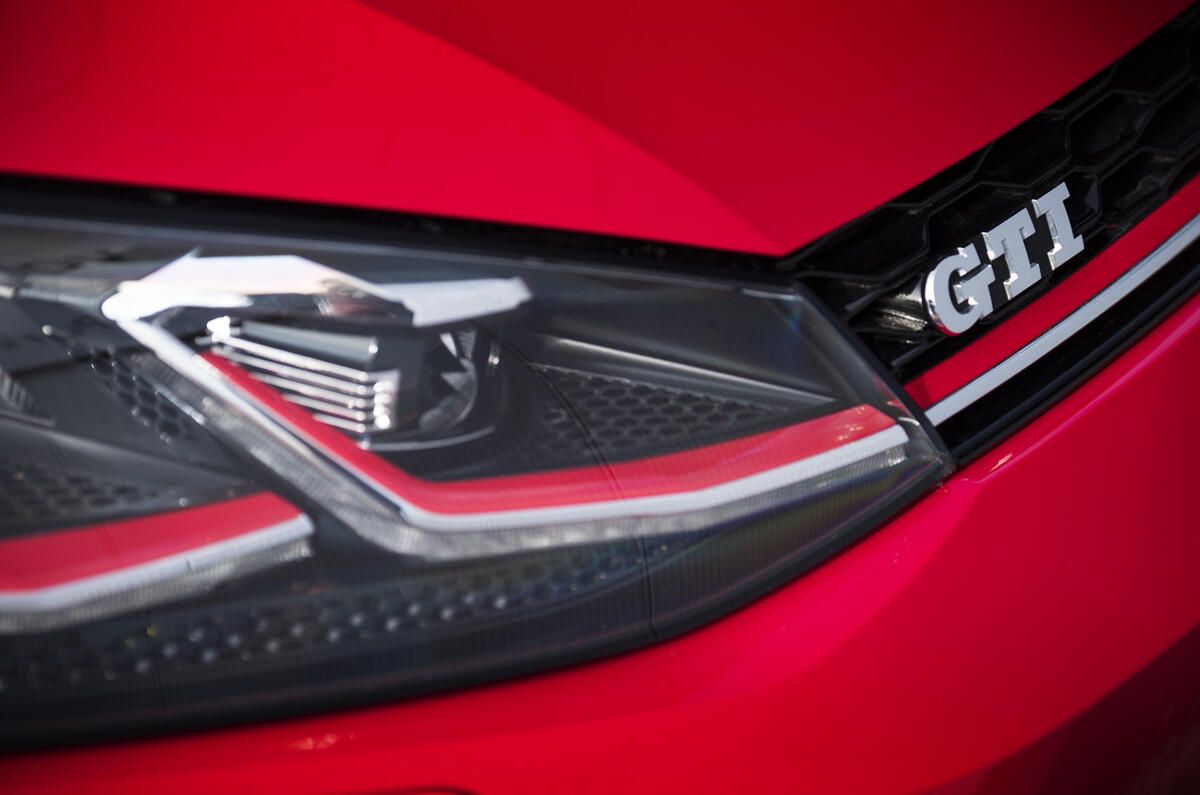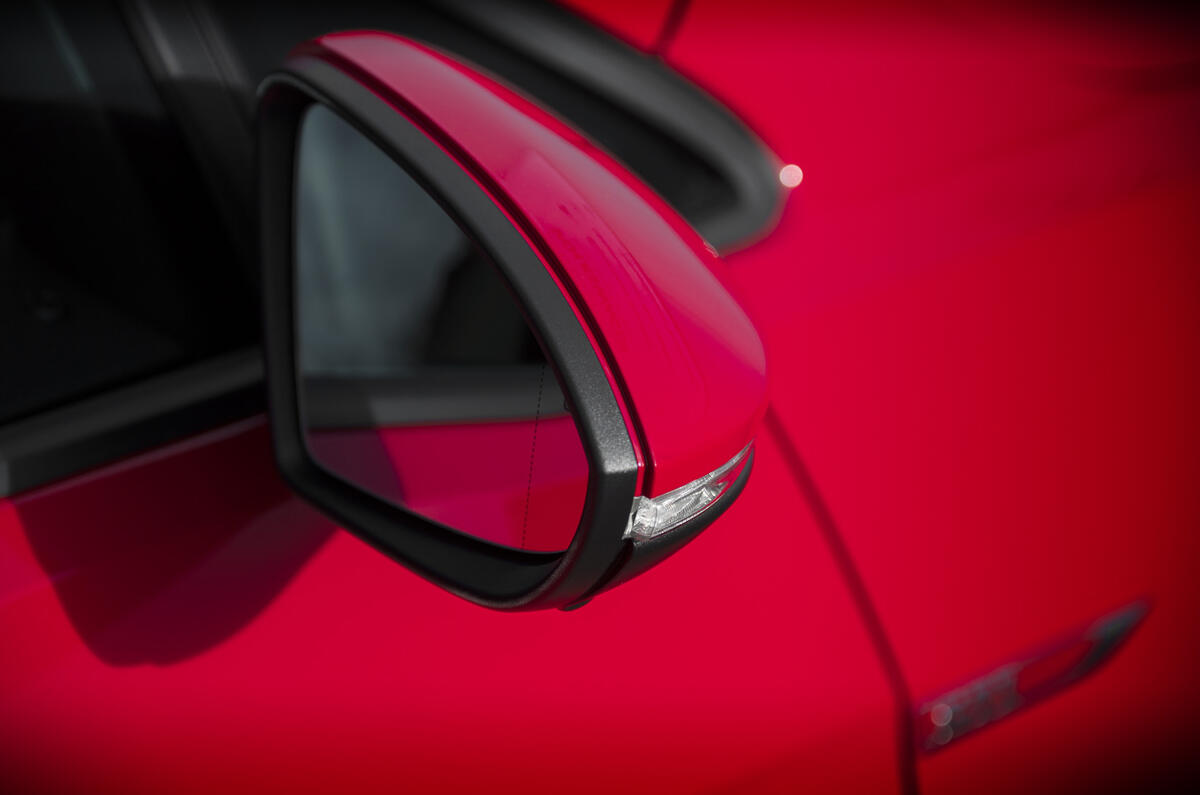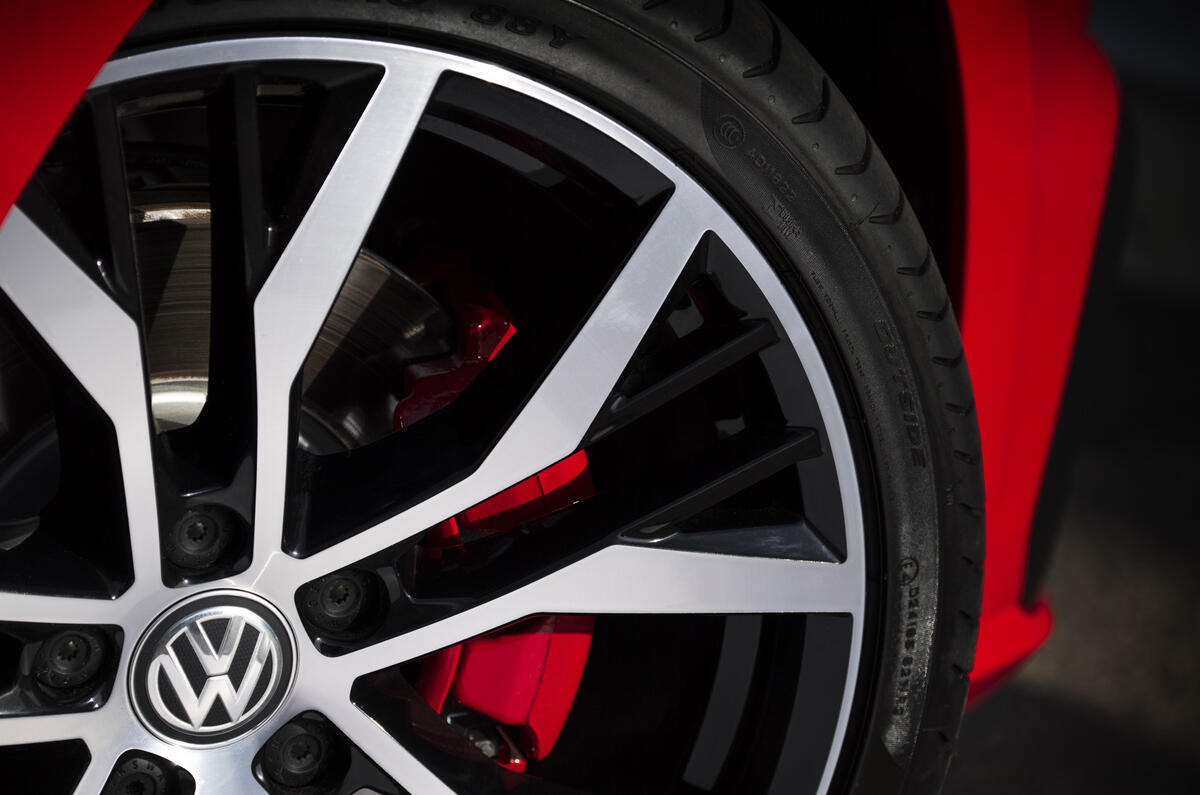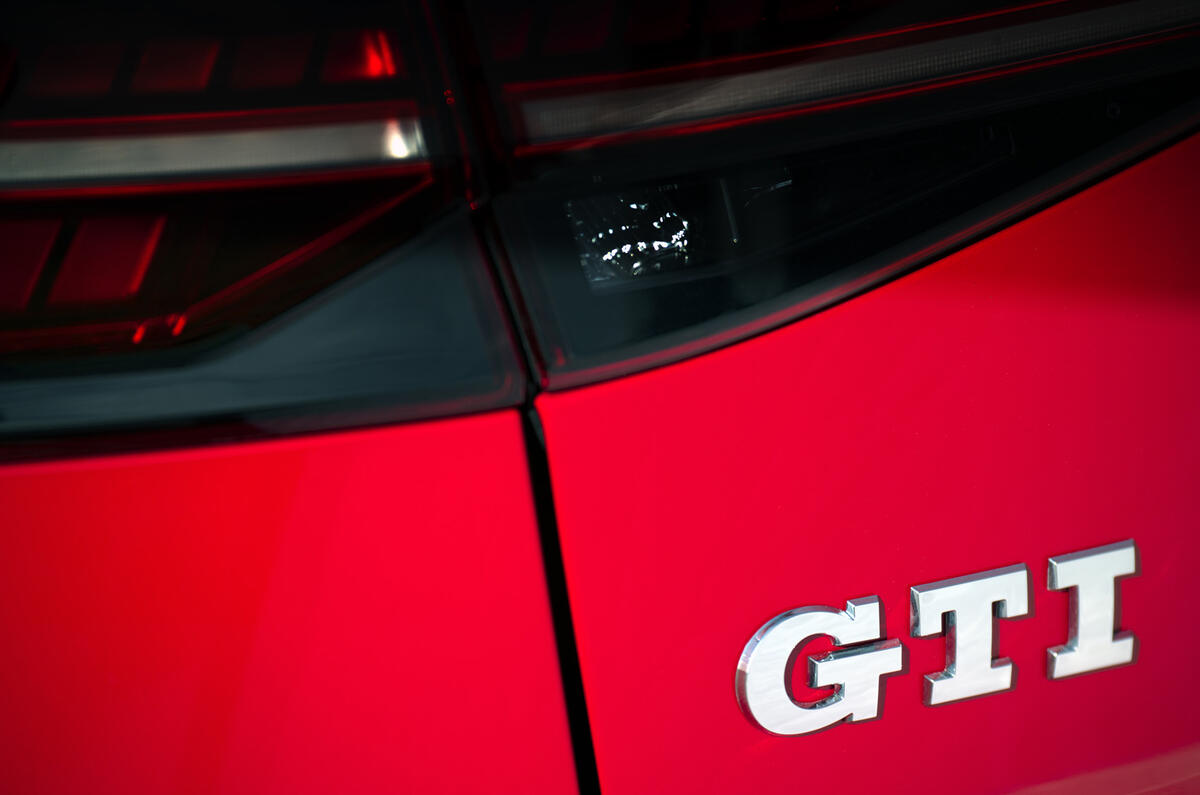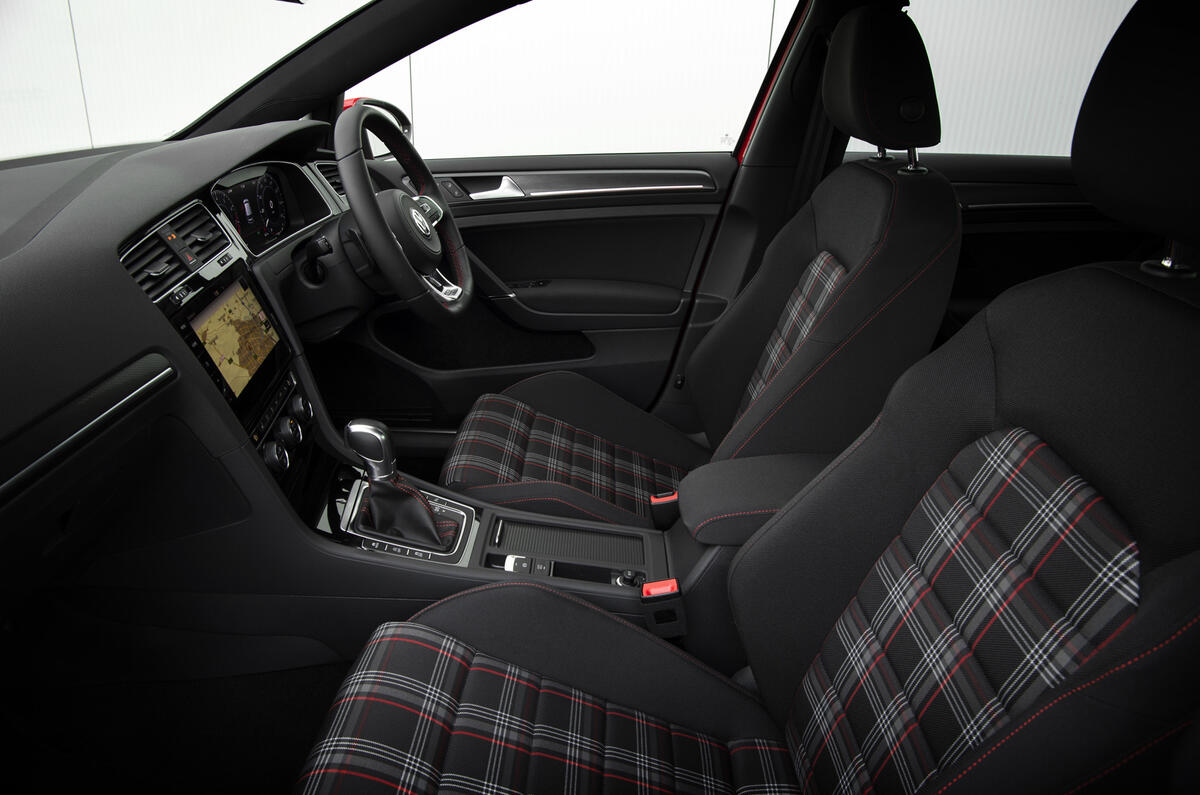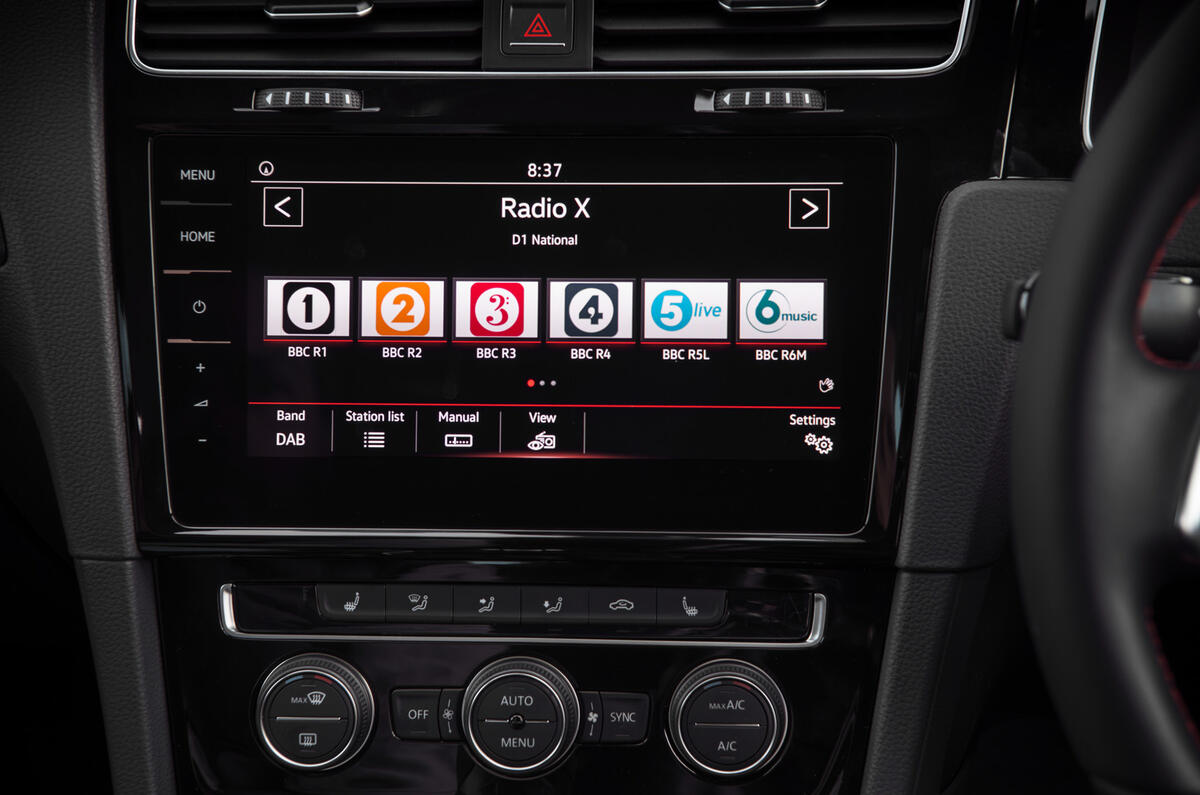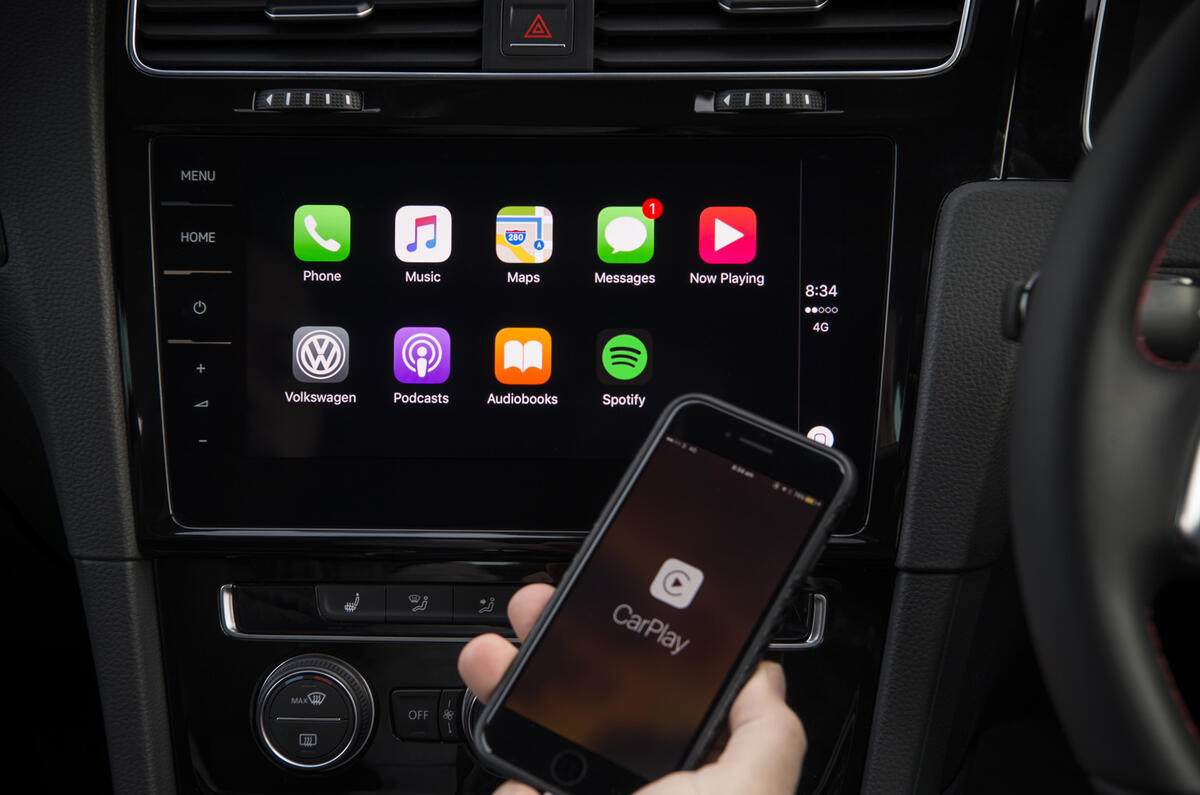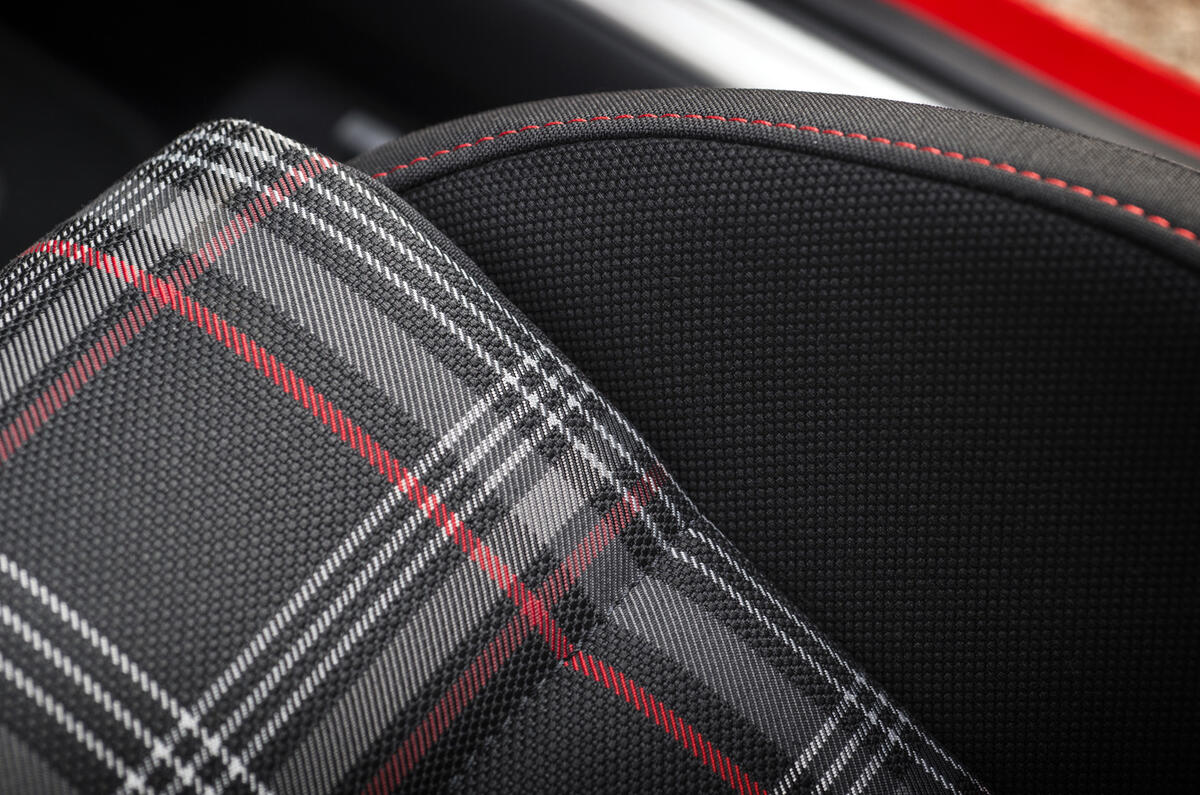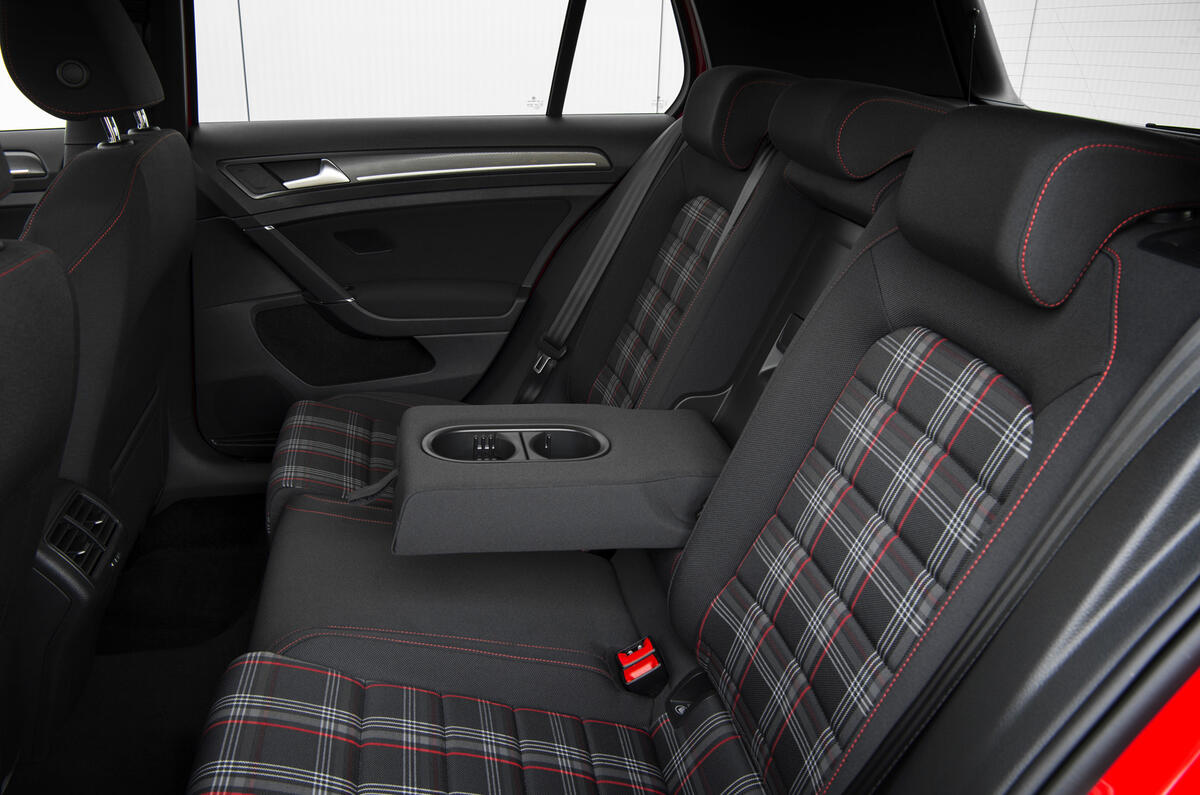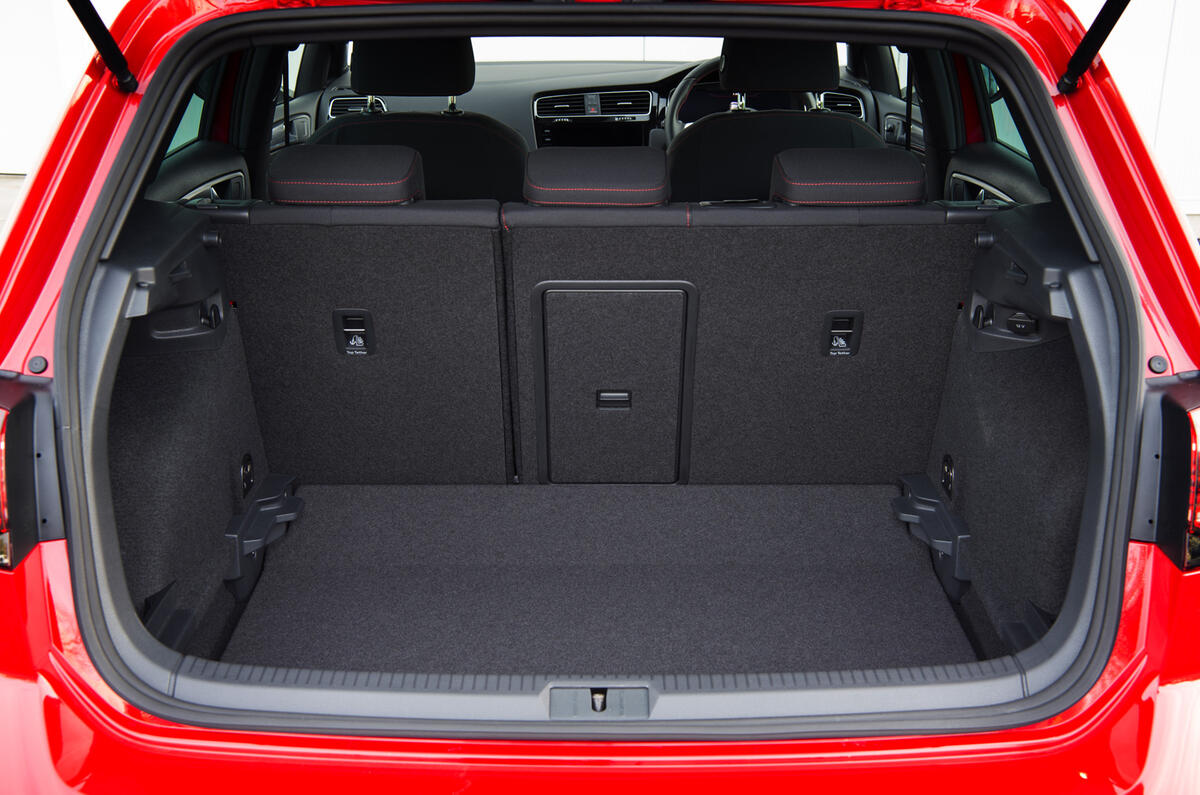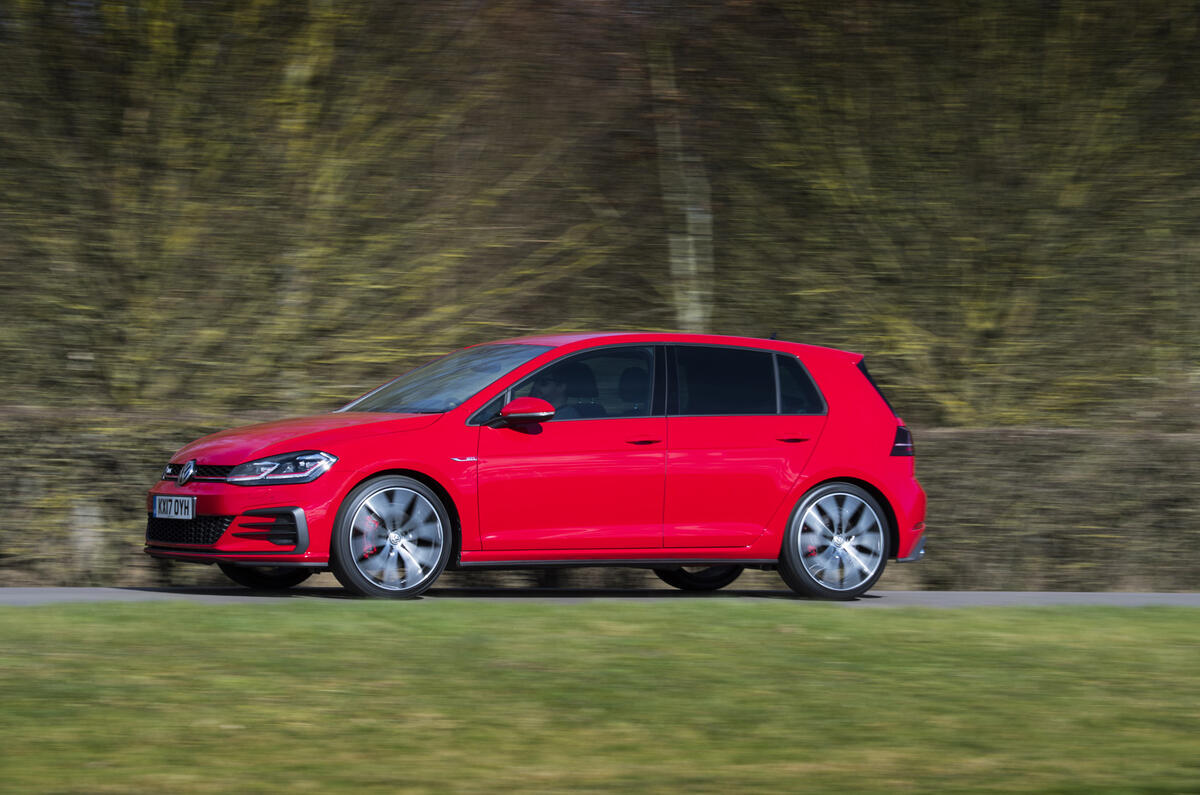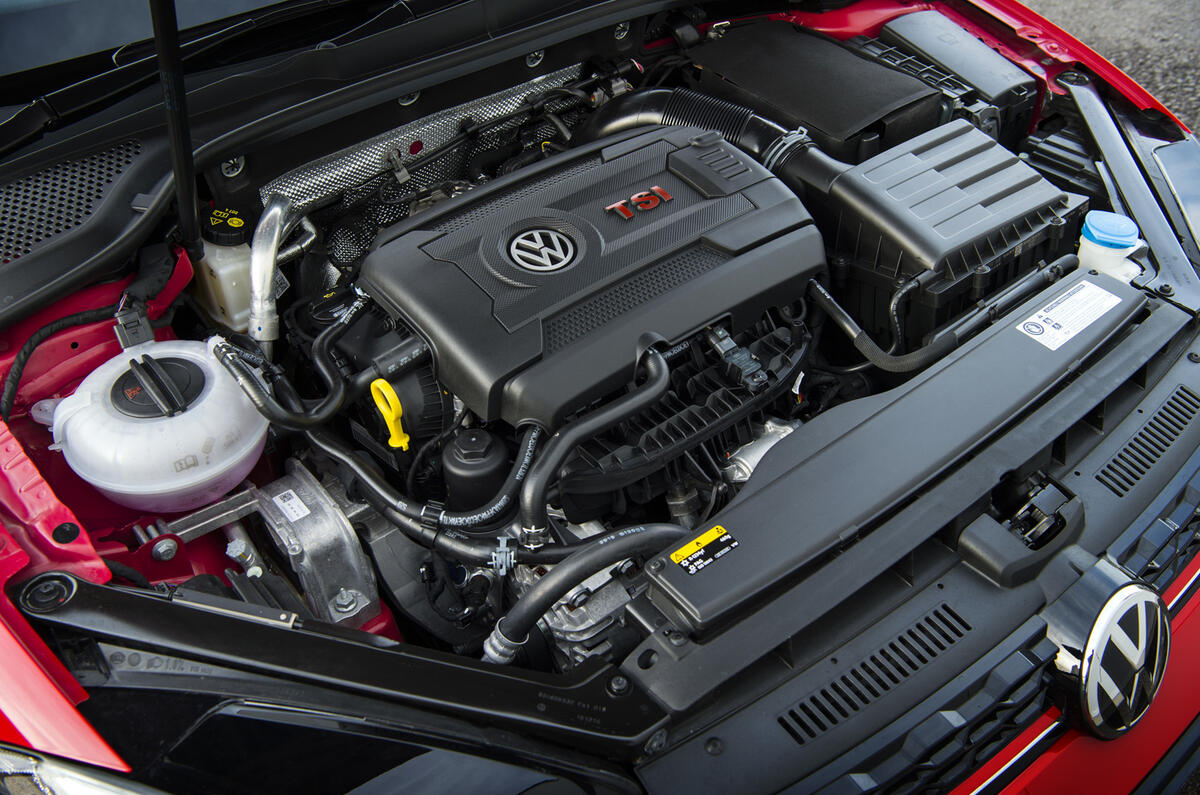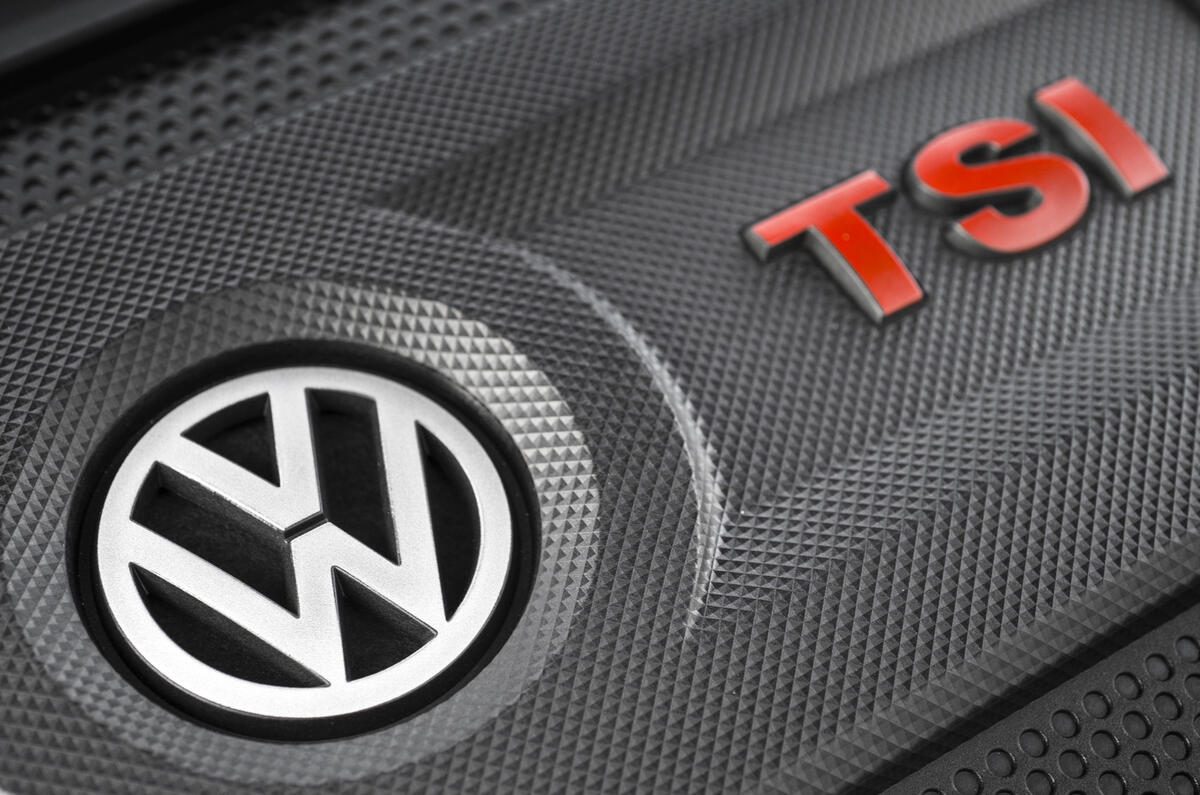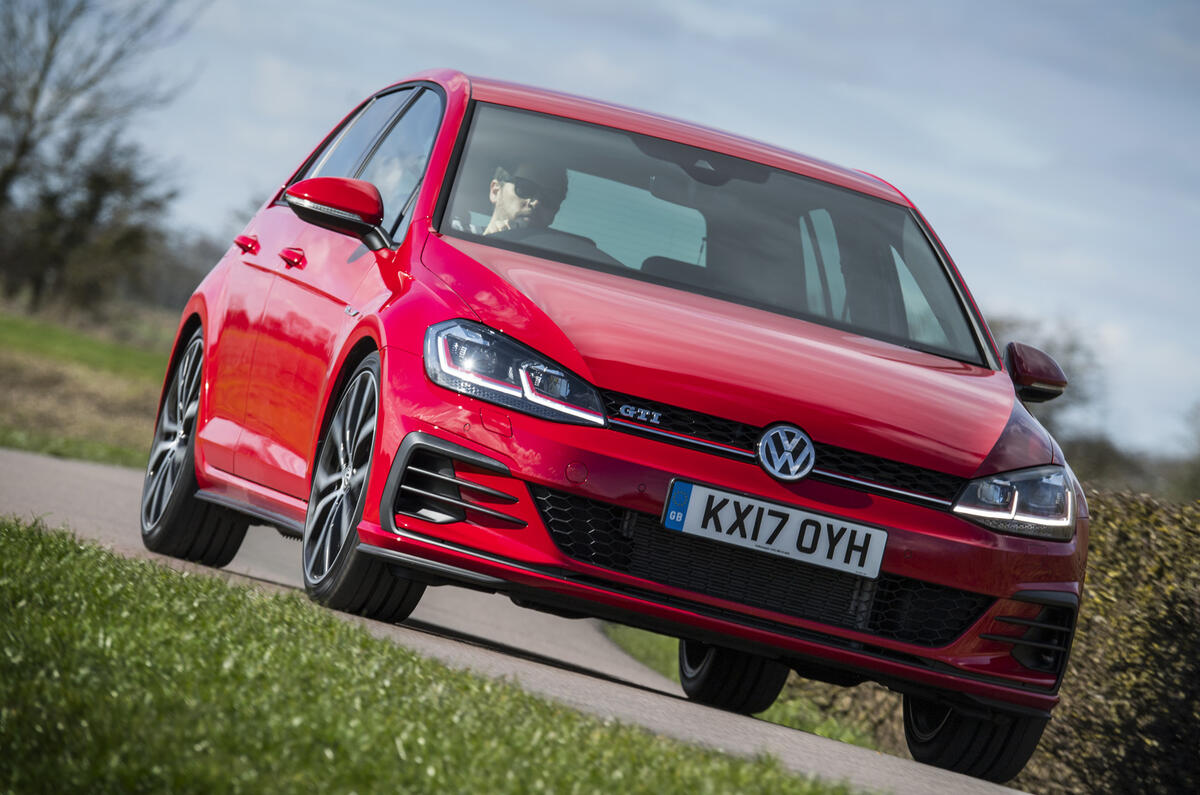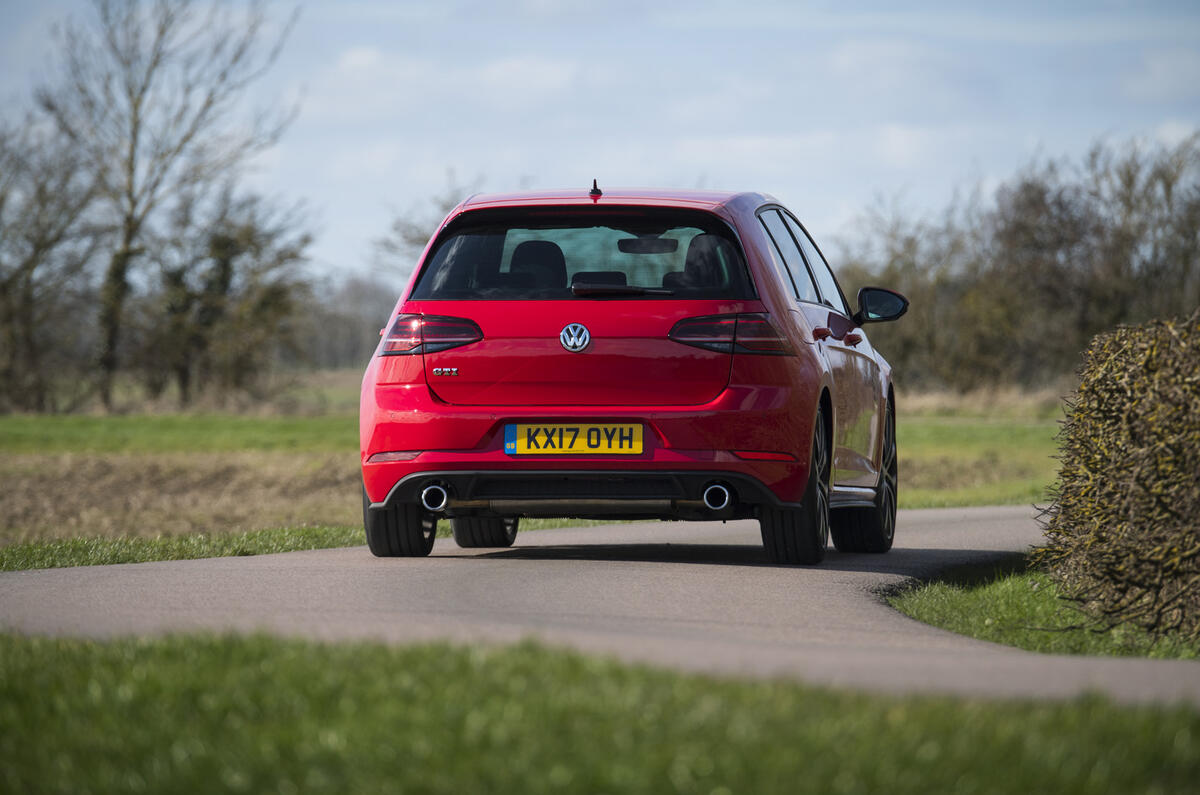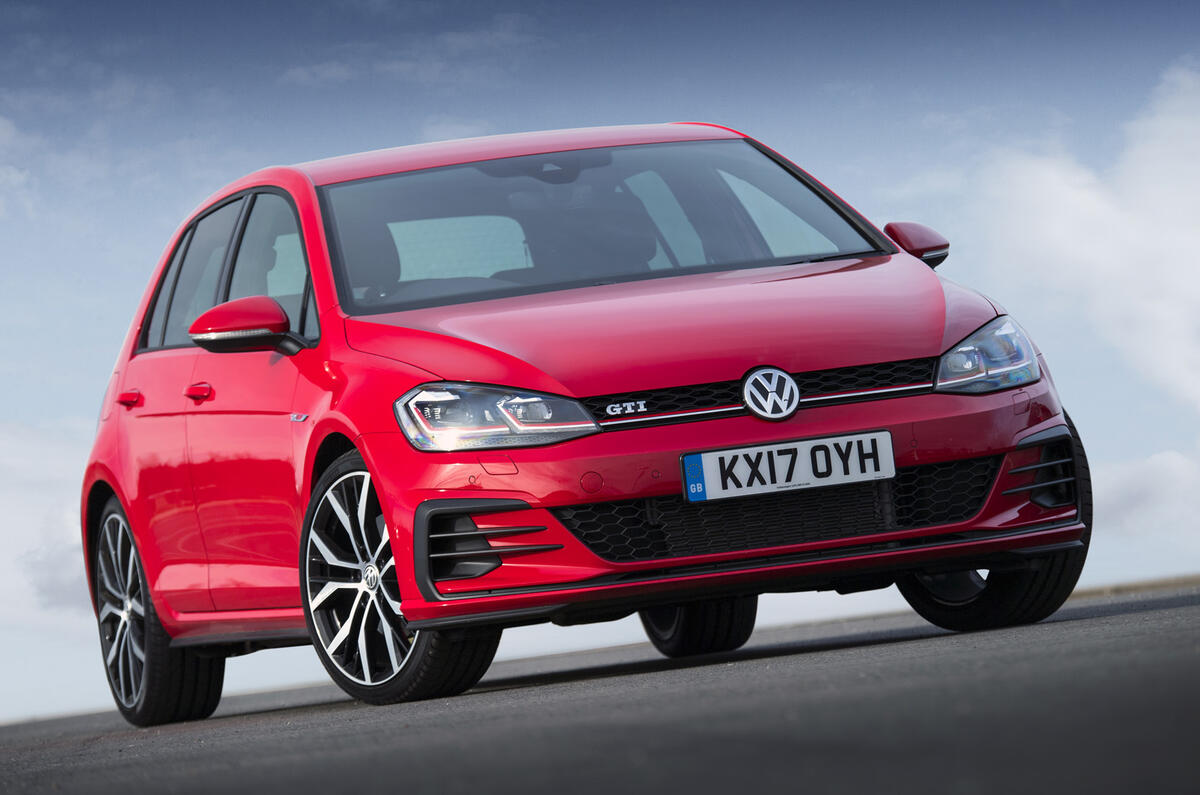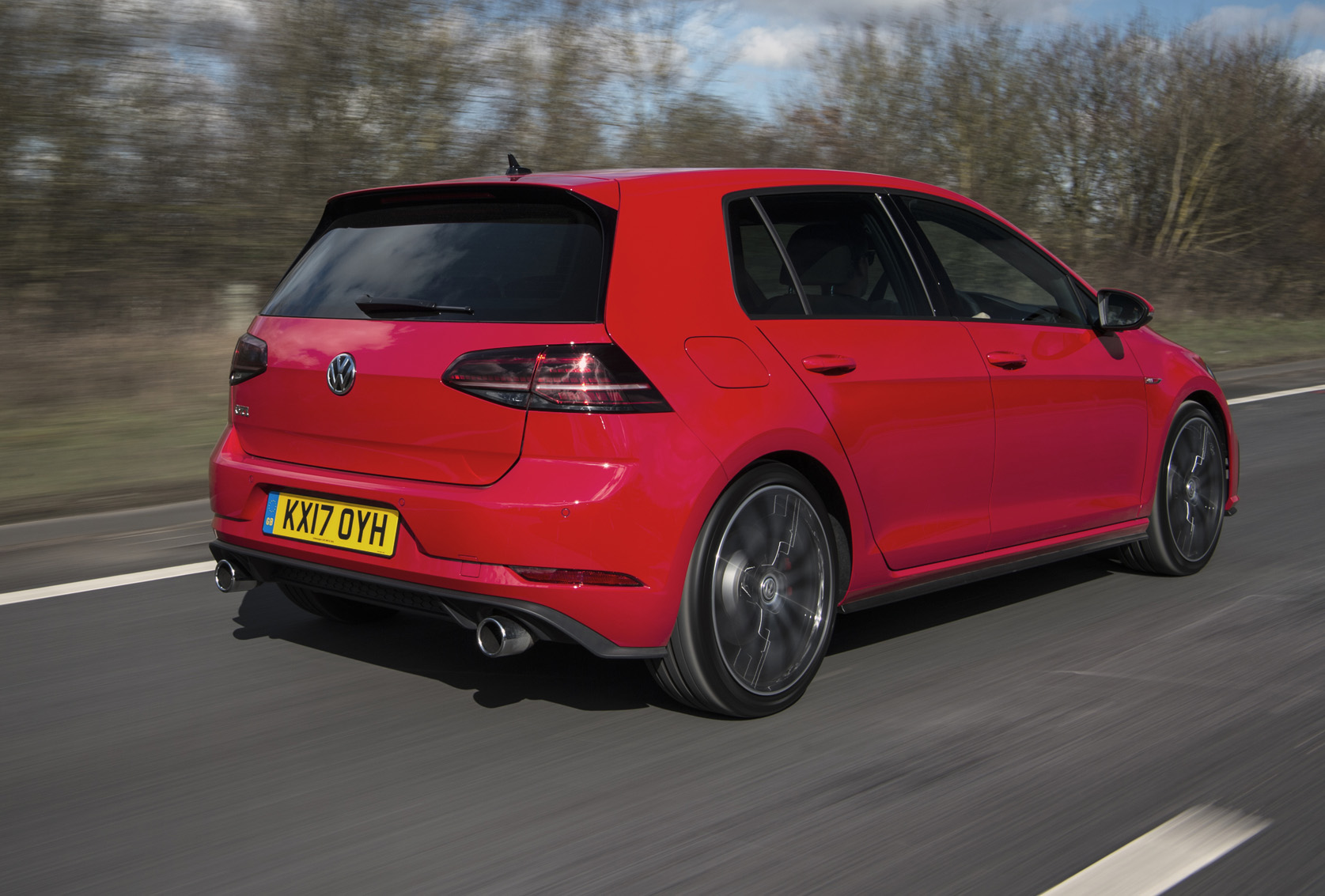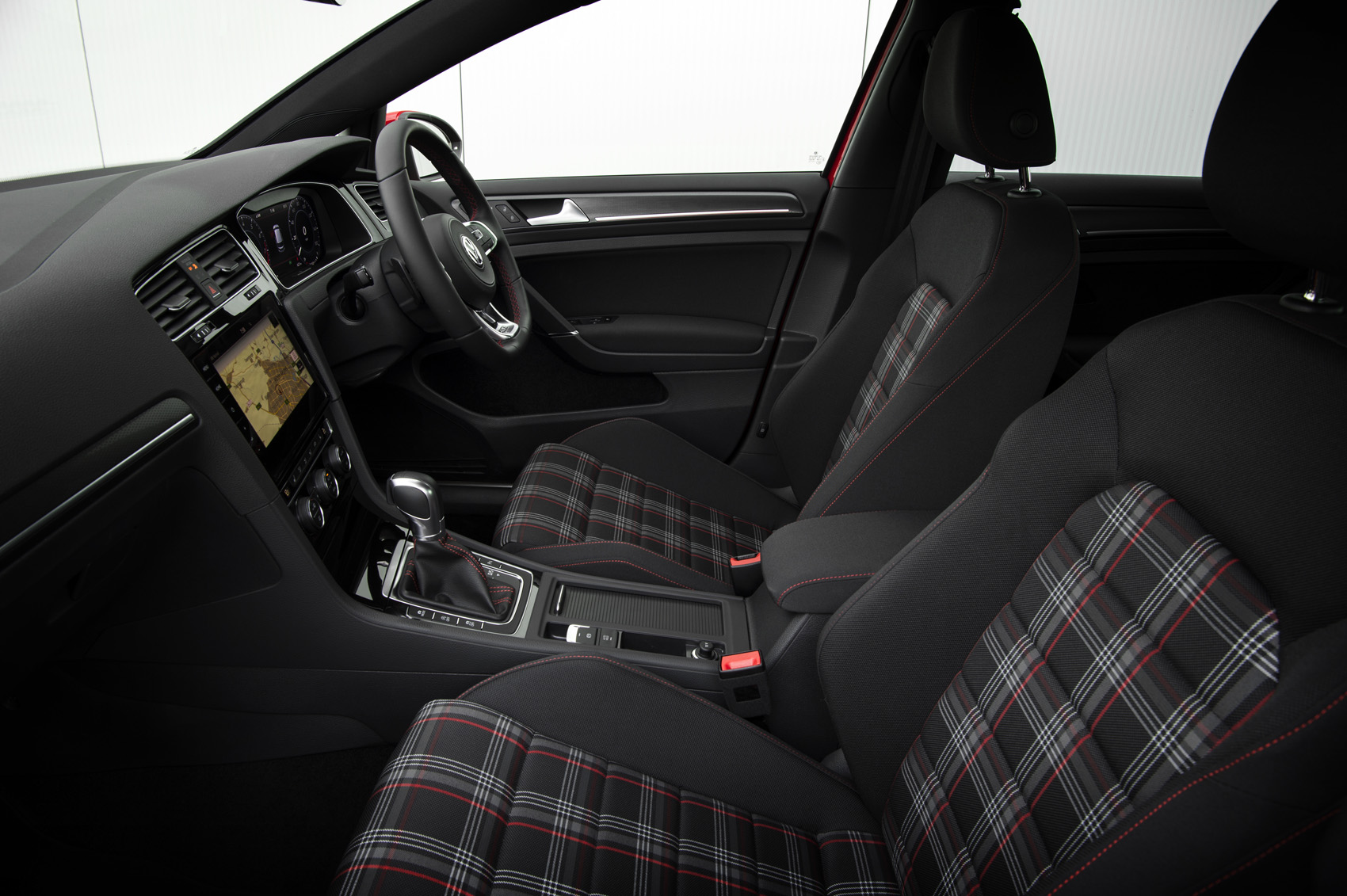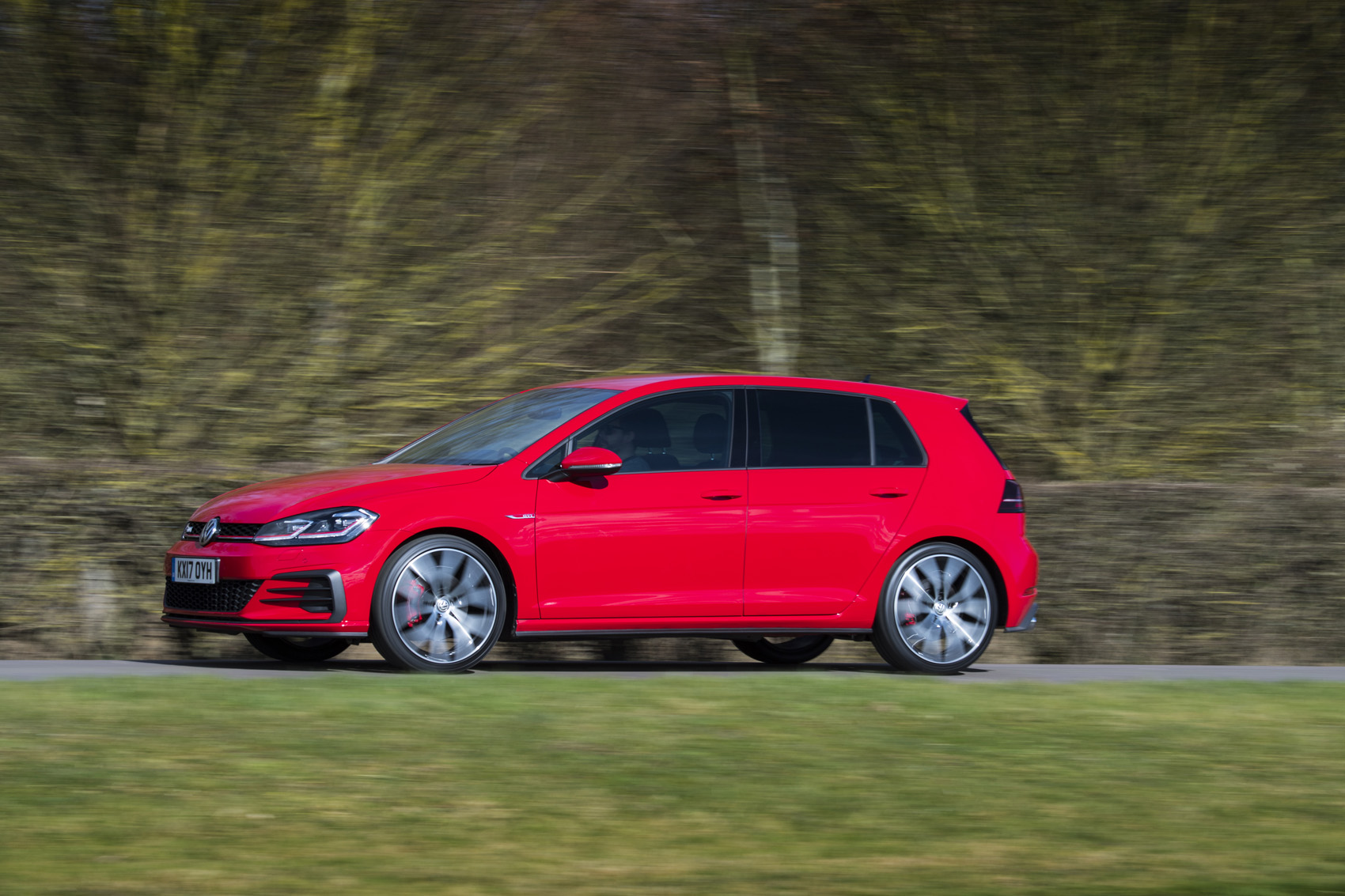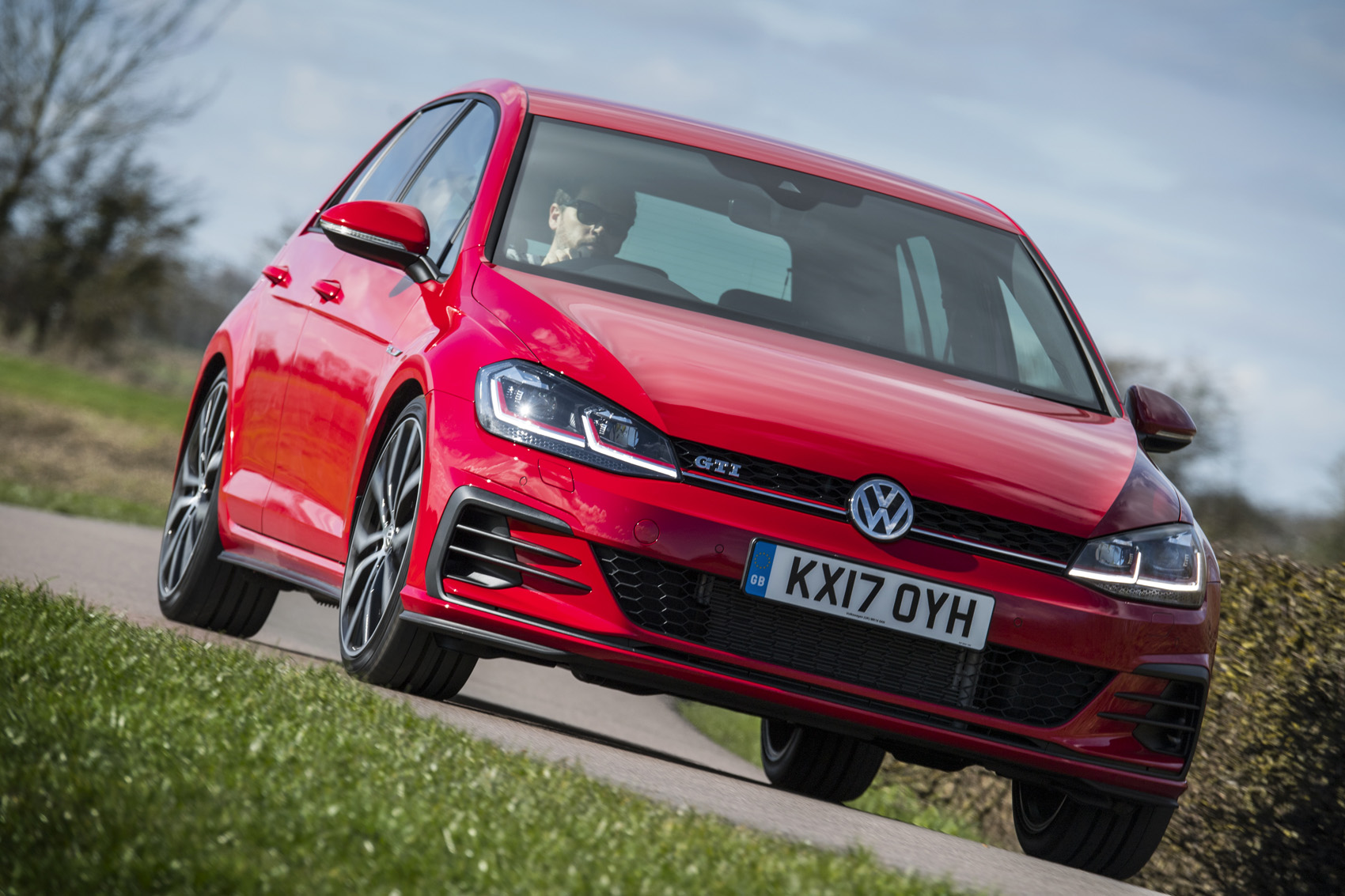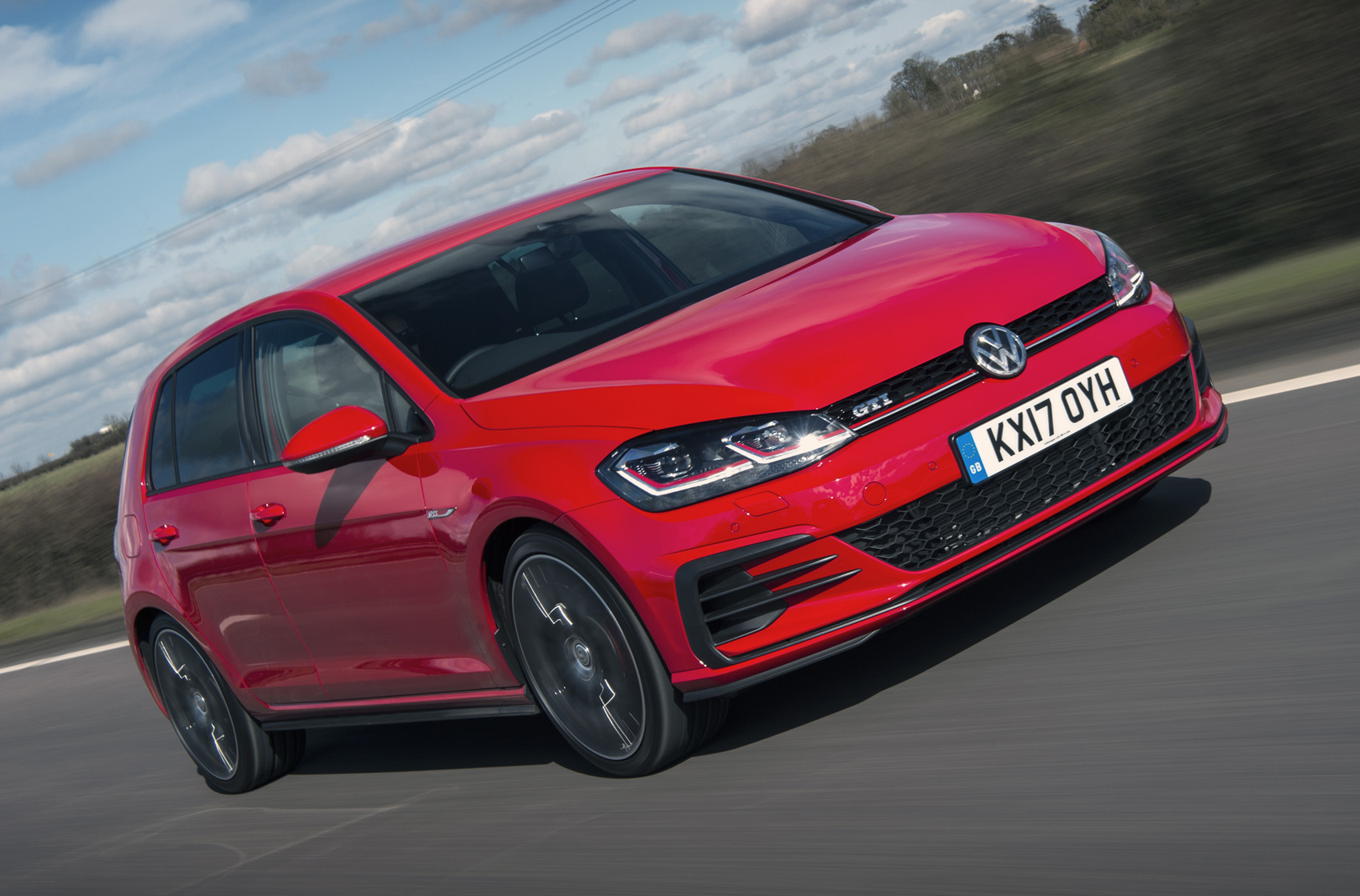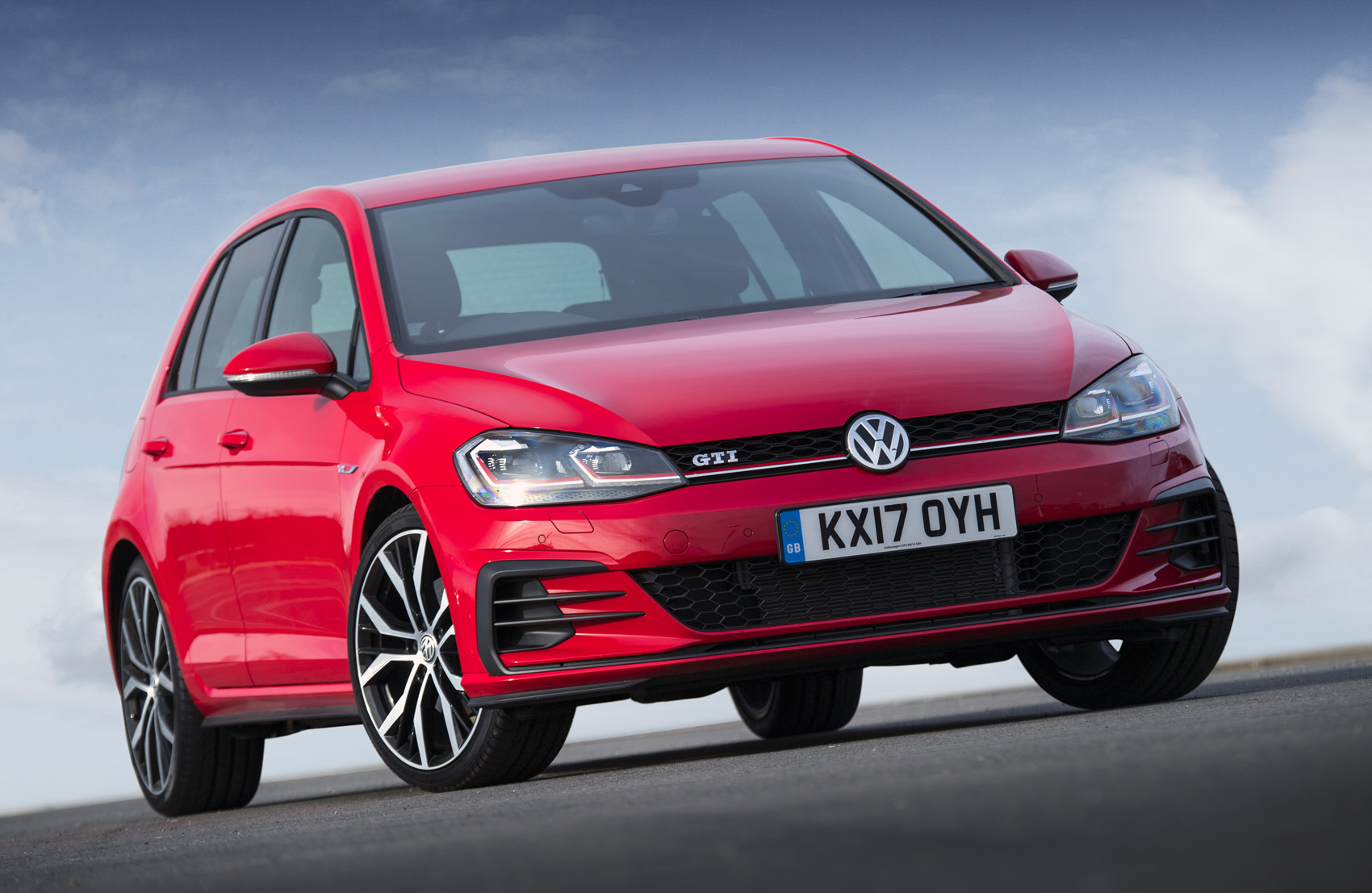The seventh-generation Volkswagen Golf GTI is one of those rare hot hatchbacks that deftly balances performance and athleticism with genuine comfort and refinement.
And now that prices for early cars have fallen below £6000, it’s starting to look like quite unbelievable value for what could be an enthusiast’s ultimate daily driver.
Any Golf GTI has to be special from the off, but the 2013 Mk7 had to be exceptional to stand a chance against the Honda Civic Type R and Ford Focus ST.
Which is why Volkswagen turned to a chassis supremo from Porsche – the man behind the 997-generation Porsche 911 GT3 RS, no less – to ensure the hot hatch steered, handled and rode better than any other Golf GTI that had gone before.
Rather than give its 2.0-litre turbocharged four-cylinder enough power to worry its engine mounts, Volkswagen settled on a sensible 217bhp output – more than enough punch for public roads but not so much that your passengers (or the dog you’re carrying in the Mk7’s generous boot) are uncomfortable.
The Performance model will better suit the tastes of the diehard enthusiast (the dog perhaps less so), with its 227bhp, bigger front brakes and trick, electronically controlled, limited-slip differential.
The LSD makes the Golf even sharper and more sophisticated than a Focus ST on a rural B-road. Once settled into a corner, you can open the throttle and there’s no understeer or wheelspin, just tons of front-end bite, making it more confidence-inspiring and harder to unsettle.





